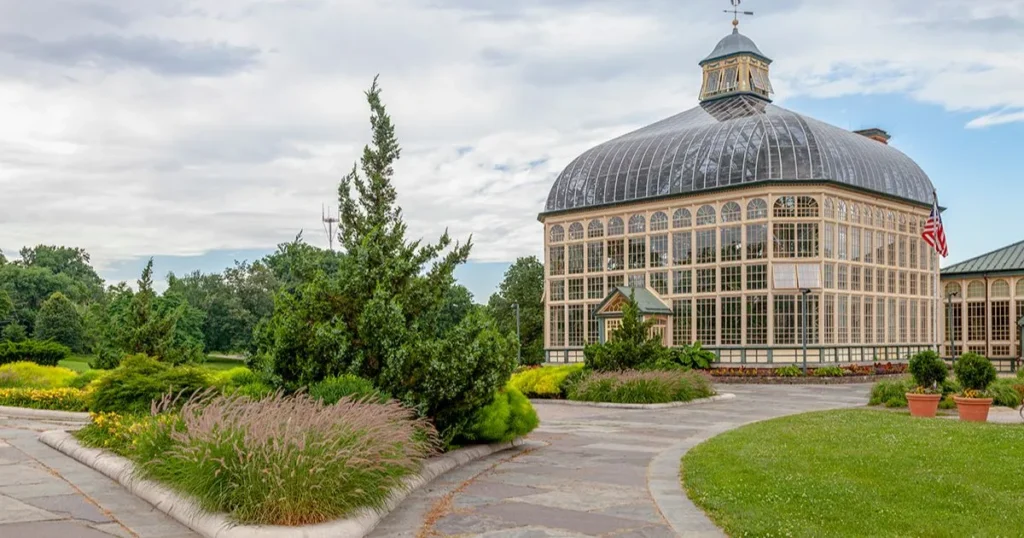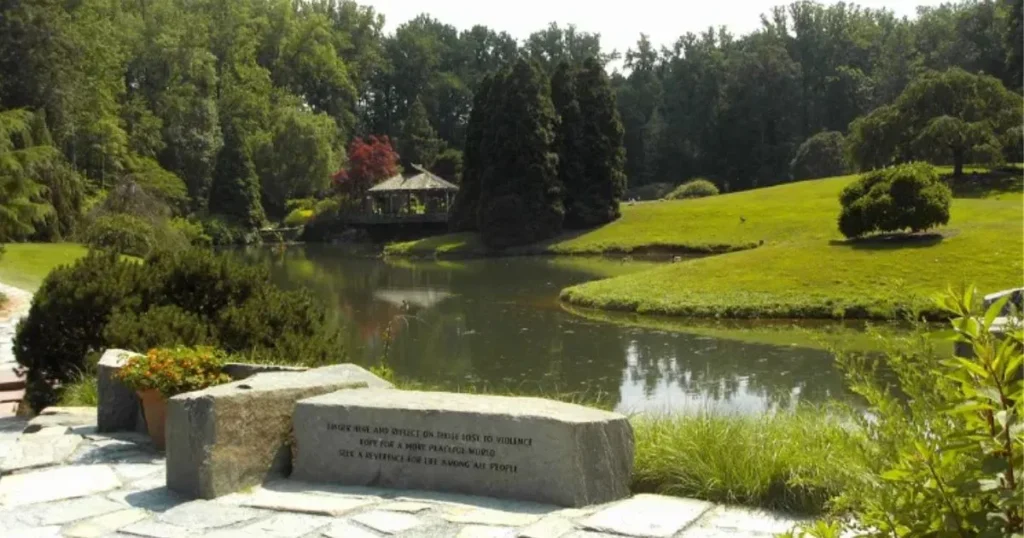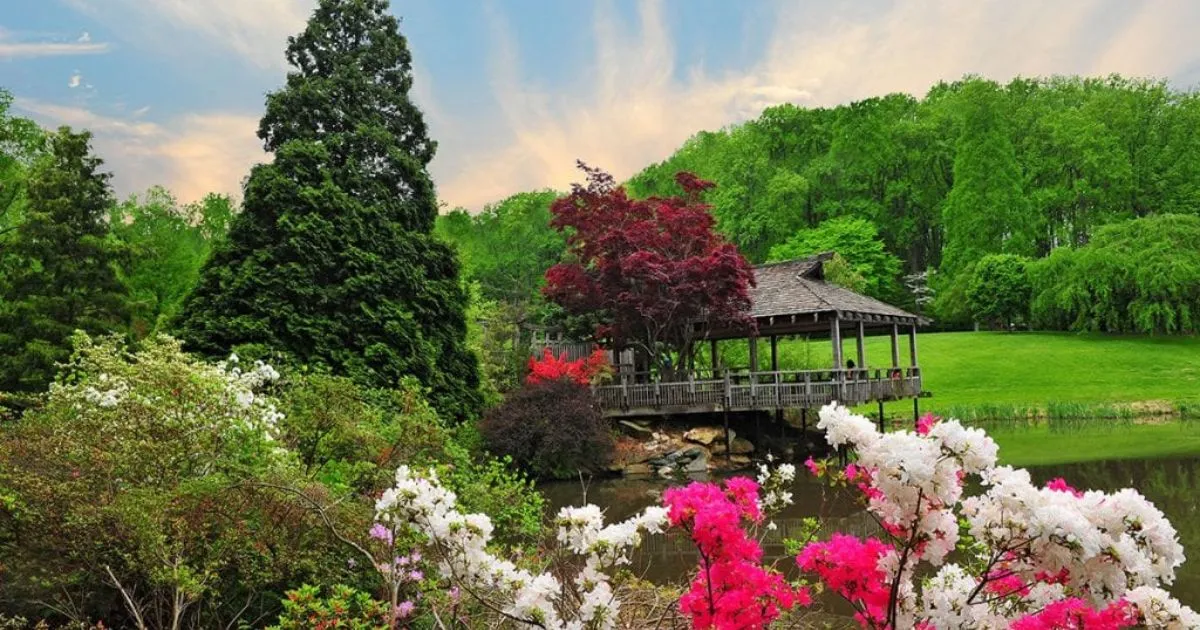Table of Contents
MD botanical gardens
Maryland is home to a diverse array of botanical gardens that serve as sanctuaries of beauty, education, and ecological preservation. These gardens attract thousands of visitors each year who come to marvel at their lush landscapes, participate in educational programs, and enjoy peaceful retreats from the hustle and bustle of everyday life. This article delves into the significance of Maryland’s botanical gardens, exploring their history, unique features, ecological importance, and visitor experiences, while offering a comprehensive FAQ section for those planning to visit.
The History and Significance of Botanical Gardens
Botanical gardens date back to ancient civilizations, where they served as repositories for medicinal plants and centers of scientific study. In Maryland, the development of botanical gardens aligns with the broader American movement to create green spaces for recreation, education, and conservation. Many of Maryland’s botanical gardens have evolved over decades, expanding their collections and initiatives to serve as vital hubs for ecological awareness and horticultural excellence.
Prominent Botanical Gardens in Maryland
Maryland boasts several notable botanical gardens, each with its unique charm and offerings. Here are some of the most distinguished:
1. Brookside Gardens (Wheaton, MD)
Brookside Gardens, located within Wheaton Regional Park, is a 50-acre public garden renowned for its themed areas, such as the Japanese Tea Garden, Rose Garden, and Butterfly Garden. The gardens host a variety of events and workshops, including seasonal displays like the Garden of Lights during winter and the Wings of Fancy butterfly exhibit in summer.
2. Ladew Topiary Gardens (Monkton, MD)
Named one of the top five gardens in North America, Ladew Topiary Gardens spans 22 acres and is famous for its topiary sculptures, including shapes of swans, dogs, and even a hunt scene. The gardens also feature a Manor House, nature walk, and seasonal programs for visitors of all ages.
3. United States Botanic Garden (Washington, D.C., near Maryland)
While technically in Washington, D.C., the proximity of the U.S. Botanic Garden makes it a popular destination for Maryland residents. Established in 1820, this national treasure showcases an extensive collection of plants, from rare orchids to desert cacti, within its Conservatory and outdoor gardens.
4. Cylburn Arboretum (Baltimore, MD)
Cylburn Arboretum is a historic 207-acre property that combines the beauty of manicured gardens with natural wooded trails. It offers a rich collection of trees and plants, along with the Cylburn Mansion, which houses exhibits and event spaces.
5. Adkins Arboretum (Ridgely, MD)
This 400-acre native garden and preserve on the Eastern Shore focuses on plants indigenous to the Chesapeake Bay region. Adkins Arboretum emphasizes sustainability and environmental education, offering walking trails, art exhibits, and nature-inspired programming.
Ecological Importance of Botanical Gardens
Botanical gardens play a crucial role in conservation and sustainability. In Maryland, these gardens:
- Preserve Biodiversity: By cultivating native and exotic plants, botanical gardens safeguard species that might otherwise be endangered or lost to habitat destruction.
- Promote Pollination: Gardens attract pollinators like bees, butterflies, and hummingbirds, which are vital for maintaining ecological balance and supporting agriculture.
- Combat Climate Change: Trees and plants in botanical gardens sequester carbon dioxide, helping to reduce greenhouse gases.
- Provide Research Opportunities: These gardens serve as living laboratories for studying plant biology, ecology, and horticulture.

Visitor Experiences and Activities
Botanical gardens in Maryland are more than just places to admire plants. They offer a range of activities and experiences for visitors of all ages and interests:
Guided Tours and Self-Guided Walks
Many gardens offer guided tours led by knowledgeable staff or volunteers who share insights about the plants, history, and design of the gardens. Self-guided tours allow visitors to explore at their own pace using maps or mobile apps.
Educational Programs
From gardening workshops to lectures on sustainability, Maryland’s botanical gardens provide ample learning opportunities for enthusiasts and professionals alike. Programs often cater to children, inspiring the next generation of environmental stewards.
Seasonal Events
Botanical gardens host a variety of events throughout the year, such as flower shows, art exhibits, and holiday-themed displays. These events enhance the visitor experience and encourage repeat visits.
Recreational Activities
Many gardens feature walking trails, picnic areas, and spaces for yoga or meditation, making them ideal for leisure and relaxation. Some even offer photography classes and bird-watching excursions.
Volunteering and Membership
Becoming a member or volunteer at a botanical garden allows individuals to contribute to its mission while enjoying exclusive benefits, such as free admission, discounts, and access to special events.
Planning Your Visit
When visiting a botanical garden in Maryland, consider the following tips to make the most of your experience:
- Check Hours and Admission Fees: Hours of operation and entry fees vary by garden. Some offer free admission, while others charge a nominal fee.
- Dress Comfortably: Wear weather-appropriate clothing and sturdy shoes, especially if you plan to explore extensive grounds or trails.
- Bring Essentials: Sunscreen, water, and a camera can enhance your visit, especially during warm seasons.
- Review Garden Etiquette: Respect the plants and wildlife by staying on designated paths, refraining from picking flowers, and adhering to photography rules.
- Engage with Staff: Don’t hesitate to ask questions or seek recommendations from garden staff and volunteers.
Conclusion
Maryland’s botanical gardens are much more than picturesque landscapes; they are vital centers of education, conservation, and recreation. Whether you’re a seasoned horticulturist, a family looking for a weekend outing, or someone seeking solace in nature, these gardens offer something for everyone. By visiting and supporting botanical gardens, you not only enrich your own life but also contribute to the preservation of our planet’s natural beauty.

Frequently Asked Questions (FAQ)
1. What is the best time to visit MD’s botanical gardens?
The best time to visit depends on the garden and your interests. Spring and summer are ideal for viewing vibrant flowers and lush greenery, while autumn offers stunning foliage. Some gardens also feature special winter exhibits.
2. Are botanical gardens in Maryland suitable for children?
Yes, many gardens offer child-friendly activities such as interactive exhibits, scavenger hunts, and educational programs.
3. Can I host events at Maryland’s botanical gardens?
Several botanical gardens provide spaces for weddings, corporate events, and private gatherings. It’s best to contact the specific garden for availability and pricing.
4. Are pets allowed in Maryland’s botanical gardens?
Policies on pets vary. While some gardens allow leashed pets in outdoor areas, others prohibit them to protect the plants and wildlife.
5. How can I support a botanical garden?
You can support botanical gardens by visiting, volunteering, becoming a member, donating, or participating in their programs and events.
6. What should I bring for a day at a botanical garden?
Essentials include comfortable clothing, sturdy footwear, sunscreen, water, and a camera or smartphone for photos. Binoculars can enhance bird-watching experiences.
Maryland’s botanical gardens invite you to explore, learn, and connect with nature. Whether it’s your first visit or a cherished tradition, these gardens promise a memorable experience for all.

